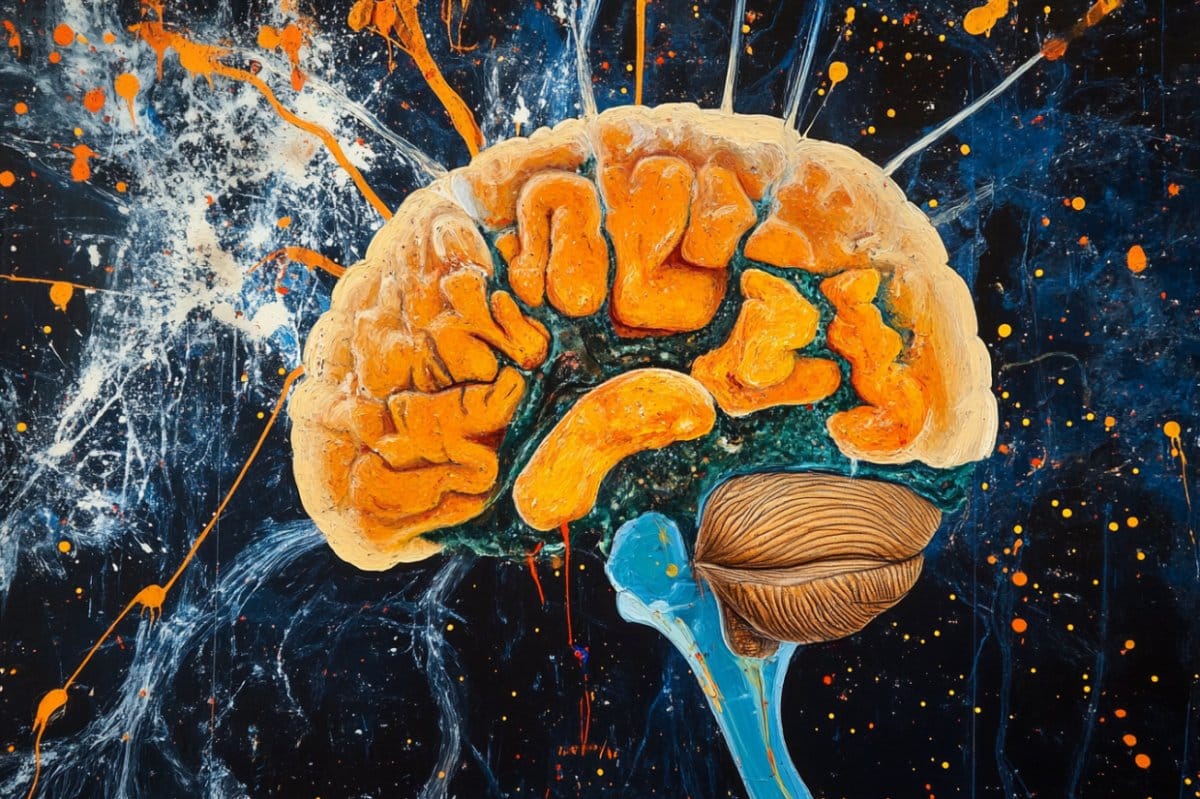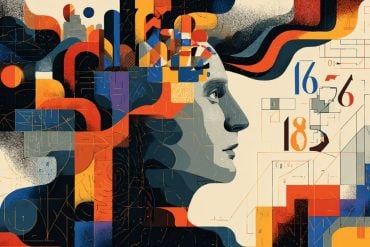Summary: Tracking the same neurons in the brain over time has long challenged neuroscientists using calcium imaging in freely moving mice. A new analytical tool called CaliAli overcomes these limitations by aligning imaging data across sessions with remarkable accuracy.
It reconstructs continuous neural activity videos and extracts clear signals while eliminating redundancies and noise. Using CaliAli, researchers successfully monitored the same neurons for up to 99 days, enabling unprecedented insights into long-term brain function and neurological disease progression.
Key Facts:
- Precision Tracking: CaliAli allows individual neurons to be tracked for up to 99 days.
- Advanced Alignment: Corrects field-of-view shifts and tissue deformation across sessions.
- Noise Reduction: Extracts clean neural signals while filtering out redundant or noisy data.
Source: University of Tsukuba
Calcium imaging with ultra-small microscopes has become a widely used method for visualizing brain activity in mice during natural behaviors, including sleep.
However, current analysis techniques struggle to follow the same neuronal populations over time due to shifts in the imaging field of view and subtle tissue deformations between sessions.

These issues make it difficult to reliably identify and track individual neurons across days or weeks.
To overcome these limitations, the research team developed CaliAli (Calcium Imaging inter-session Alignment), an advanced analytical framework designed specifically for aligning data across multiple sessions.
CaliAli corrects image misalignments by systematically integrating data from each processing step, ultimately reconstructing a continuous and coherent video. It also incorporates an optimized algorithm to automatically extract neural signals from the aligned video while filtering out noise and eliminating redundant detections.
Using this method, researchers were able to track and record the same group of neurons continuously for up to 99 days with a standard ultra-miniature microscope—a world first.
CaliAli opens new possibilities for long-term brain activity studies and could significantly advance our understanding of memory formation, retention, and the gradual changes in brain function associated with neurological diseases.
Funding: This work was partially supported by the Japan Agency for Medical Research and Development (JP21zf0127005, JP23wm0525003), Japan Society for the Promotion of Science (JSPS)(24H00894, 23H02784, 22H00469, 16H06280, 20H03552, 21H05674, 21F21080), Takeda Science Foundation, Uehara Memorial Foundation, The Mitsubishi Foundation, and G-7 Scholarship Foundation to M.S., JSPS (23K19393, 24K18212) to I.K. and the Japan Science and Technology Agency (JPMJSP2124) to Y.W.
About this neurotech and neuroscience research news
Author: YAMASHINA Naoko
Source: University of Tsukuba
Contact: YAMASHINA Naoko – University of Tsukuba
Image: The image is credited to Neuroscience News
Original Research: Open access.
“A comprehensive suite for extracting neuron signals across multiple sessions in one-photon calcium imaging” by SAKAGUCHI, Masanori et al. Nature Communications
Abstract
A comprehensive suite for extracting neuron signals across multiple sessions in one-photon calcium imaging
We developed CaliAli, a comprehensive suite designed to extract neuronal signals from one-photon calcium imaging data collected across multiple sessions in free-moving conditions in mice.
CaliAli incorporates information from blood vessels and neurons to correct inter-session misalignments, making it robust against non-rigid brain deformations even after substantial changes in the field of view across sessions.
This also makes CaliAli robust against high neuron overlap and changes in active neuron population across sessions. CaliAli performs computationally efficient signal extraction from concatenated video sessions that enhances the detectability of weak calcium signals.
Notably, CaliAli enhanced the spatial coding accuracy of extracted hippocampal CA1 neuron activity across sessions. An optogenetic tagging experiment showed that CaliAli enhanced neuronal trackability in the dentate gyrus across a time scale of weeks.
Finally, dentate gyrus neurons tracked using CaliAli exhibited stable population activity for 99 days.
Overall, CaliAli advances our capacity to understand the activity dynamics of neuronal ensembles over time, which is crucial for deciphering the complex neuronal substrates of natural animal behaviors.






